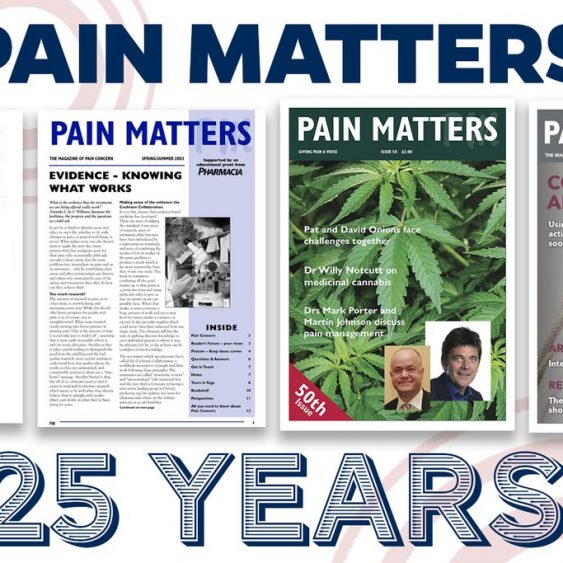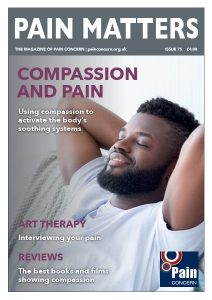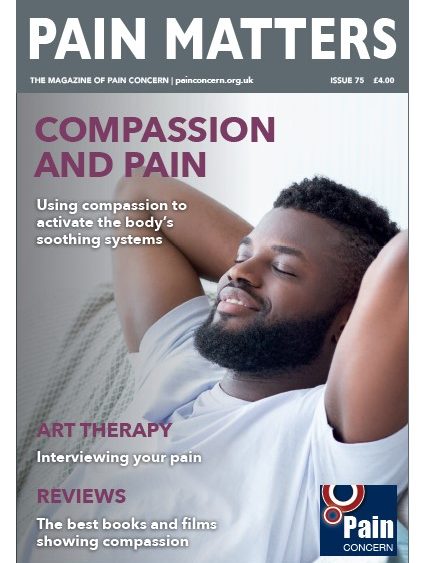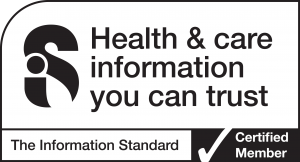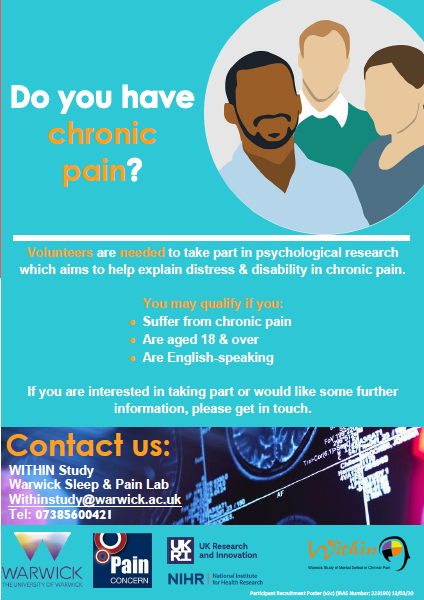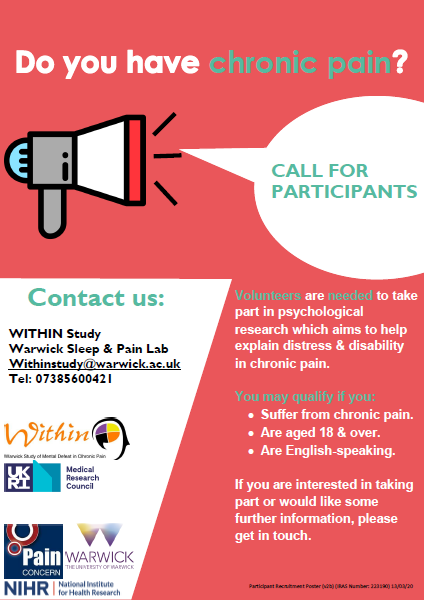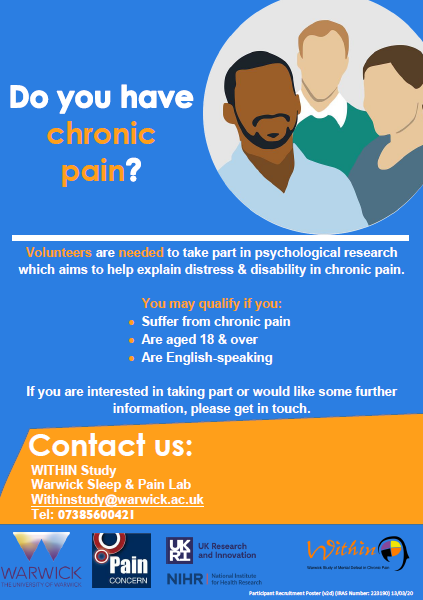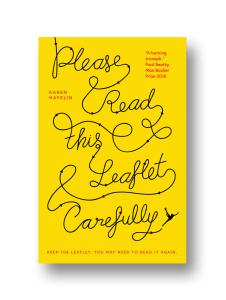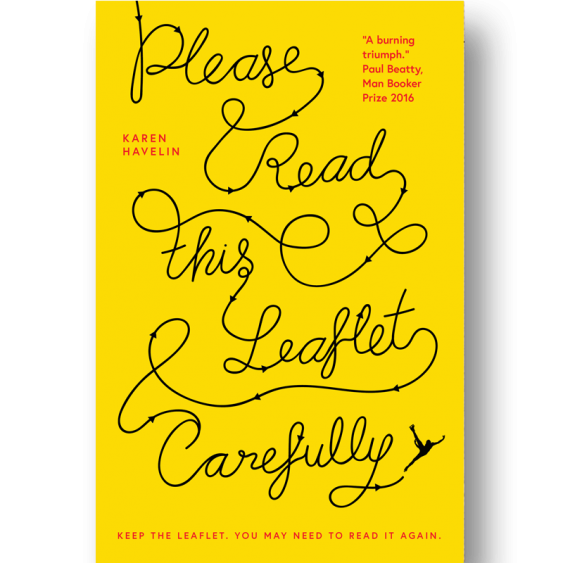WE RECOMMEND READING THIS ARTICLE IN CONJUNCTION WITH OUR LEAFLET, ANTIDEPRESSANTS.
Many people living with chronic pain are daunted by the prospect of long term or even permanent drug therapy. What are these drugs, are they safe and how do they work? Concerns such as these can stop people persevering with medicines that may offer a real, life-enhancing solution to their condition. Dr Mick Serpell explains how amitriptyline works and gives reassurance about the side effects that you might experience, especially in the early stages
The aims in managing chronic pain are obviously to relieve or to reduce the pain as much as possible, but this is not always achieved to the level patients would wish. Just as important then, is to improve overall quality of life by improving physical function, sleep, mood and psychological function. There are four main approaches to pain management:
1) physical therapy (physiotherapy, acupuncture, TENS (transcutaneous electrical nerve stimulation), etc.
2) drug therapy
3) regional analgesia (injection of drugs around nerves, joints or other tissues)
4) psychological therapies (techniques which improve coping with the pain).
Two types of pain
Doctors describe pain as either nociceptive (tissue damage), neuropathic (nerve damage), or a combination of the two. It is important to distinguish between the two types of pain, as they respond to different medicines. Nociceptive pain is the most common form of chronic pain, and examples include mechanical low back pain and degenerative or inflammatory joint pain. Although these pains may begin as purely nociceptive, over time there may be changes within the nervous system. Neuropathic pain often results from nerve damage that makes the nerve overactive. Therefore the drugs used for neuropathic pain are aimed at stabilisation or ‘calming’ of these nerves. Perhaps it should be no surprise, then, that drugs used in other conditions where nervous tissue is overactive or ‘excited’, such as epilepsy or depression, have turned out to be useful medicines for chronic pain.
Drug therapy
Conventional painkillers such as codeine and ibuprofen are used for nociceptive pain. They are often not effective for neuropathic pain. Most of the drugs used for the relief of neuropathic pain were originally developed to treat different conditions. For instance, amitriptyline is an antidepressant drug but is now used much more commonly for pain than for its original use. The situation is the same for some anticonvulsant drugs, such as gabapentin, which are used more frequently for neuropathic pain than epilepsy.
Change your lifestyle
Always remember that the medicine alone will not be enough. While drug therapy can play a role in the management of pain, changing your lifestyle (such as building up your fitness and getting more exercise), as well as learning to manage and cope with your pain better, are also vital to a successful outcome.
General principles of drug therapy
Your doctor will start you off at a low dose of your medicine and this is increased up to a suitable dosage and taken for sufficient duration until you obtain noticeable pain relief (or experience severe side effects). This procedure of increasing the dose step by step while monitoring the effect is called ‘titrating the dose’. If there is insufficient pain relief or troublesome side effects, the drug will be stopped. Your doctor is likely to gradually wean you off the medication over several weeks, in order to avoid potential sudden withdrawal effects. If you get partial, but inadequate pain relief, sometimes your doctor will add in another different drug, because ‘combination’ therapy can be more effective for pain than single drug therapy. However, there is an increased risk of side effects when more drugs are taken.
Once you are on the right dose and drug combination, then you may continue on the medication indefinitely. However, this should always be reviewed by you and your doctor, every three to six months. It may be that you decide the medications are no longer helping enough, or that you are now experiencing problematic side effects. In this case you should wean yourself off the medications gradually (one at a time) to ensure they are still benefitting you.
Most doctors agree that medication for chronic pain should be taken regularly ‘round the clock’ rather than ‘as required’ for breakthrough pain. It is easier to keep pain at bay rather than trying to chase it after it has been allowed to get out of control.
Antidepressants
The tricyclic antidepressants, such as amitriptyline, are the ‘gold standard’ for neuropathic pain as they are the most effective and best-known drugs for this condition. They can also be useful for chronic nociceptive pain, especially if there is a neuropathic component to it. They appear to work in the nervous system by reducing the nerve cell’s ability to re-absorb chemicals such as serotonin and noradrenaline. These chemicals are called neural transmitters. If they are not reabsorbed they accumulate outside the nerve cell and the result is suppression of pain messages in the spinal cord.
All in the mind?
The way antidepressants give pain relief is completely separate from the anti-depressant effect. The dose required for treating depression is much higher (150-250 milligrams (mg) a day) rather than the doses used for pain relief (25-75 mg/d). Amitriptyline also works in patients who are not depressed. Also, there are over twenty different antidepressant drugs available for treating depression, but only a small number can also be effective pain killers.
It is important that the patient is given a full explanation of the rationale for using antidepressant therapy. It is not the case that the doctor believes your pain is due to the depression. So do not think that you are not being taken seriously, or that the pain is ‘all in your mind’.
Depression can occur with chronic pain, it is usually ‘reactive’ or in response to the pain, suffering and loss of function, and often improves as the chronic pain improves. However, if severe, it may require simultaneous treatment with other antidepressant therapies such as psychology techniques or another antidepressant drug.
Starting amitriptyline
One in four people will get significant pain relief with amitriptyline. This is regarded as an excellent result for chronic pain conditions. It is started at a low dose (10 or 25 mg a day) and gradually increased in 10 or 25 mg increments each week up towards 75 mg if side effects are tolerable. Your doctor may advise you to go higher than this dose. The tablets are small and difficult to cut in half, and will often produce numbness of the tongue due to a local anaesthetic effect, but it is available as a syrup. It is better to use the syrup if small increases of dose are required during the titration (dose build-up) phase.
Keep taking it!
You may notice pain relief as quickly as two weeks after starting, but often amitriptyline requires to be taken for six to eight weeks at the optimal dose level before one can say the drug has been given a fair trial. Many people stop taking the medicine because they experience side effects early on but do not feel any benefit. However, if you can persevere, you will often get tolerant to most of the side effects after a few days to weeks and you may then start noticing the benefits of the medicine.
Although there are a number of side effects associated with amitriptyline most of them are extremely uncommon. The most common ones, experienced by only 5-15% of people, include dizziness, drowsiness, dry mouth, nausea and constipation. These side effects are generally harmless and, provided you do not exceed the dose, will not cause any damage. Most people find they adapt to these and eventually they go away. Amitriptyline is not addictive but if discontinued, it should be withdrawn slowly over several weeks in order to avoid withdrawal symptoms of headache and malaise. Your doctor can advise on this.
Not for everyone
Your doctor will not prescribe this drug for you if you have had an allergic reaction to amitriptyline or related drugs; a recent heart attack; or recent administration of drugs that can interact with amitriptyline.
When should I take it?
Amitriptyline is long acting, so only needs to be taken once a day. As one of the most common side effects is drowsiness, it is best to take it one to two hours before bedtime. This effect can be particularly useful if you suffer lack of sleep from your pain. Sometimes there is a ‘morning after’ type of hangover feeling, but this usually wears off with time. Occasionally amitriptyline can cause insomnia; if this happens it is better to take it in the morning.
Worth trying
If side effects are a problem, there are other similar drugs (for example, nortriptyline, imipramine, and now duloxetine) that are worth trying as they are nearly as effective, and often have less side effects,. Many of the patients I have seen have stayed on amitriptyline for years and say that it has transformed their lives. When dealing with pain, it is worth giving drug therapy a chance. Best results are achieved in combination with the non-drug therapies mentioned above. It is important to work with your doctor to try the different approaches so that you find the particular approach that is right for you. The optimal result is rarely complete pain relief. It is often that which brings you the best balance of pain relief, improved function, and minimal side effects, to give you the quality of life that you and your doctor both want.
Further Resources
Mick Serpell is a Consultant in Anaesthesia & Pain Medicine for Greater Glasgow & Clyde NHS, and Senior Lecturer at Glasgow University.
If you would like to know more about the sources of evidence consulted for this publication please click here.
Amitriptyline © Michael Serpell. All rights reserved. Revised April 2019. To be reviewed April 2022. First published April 2013.


